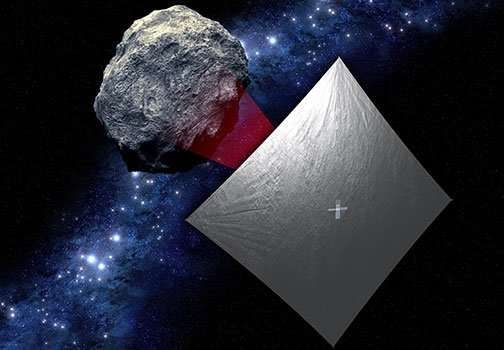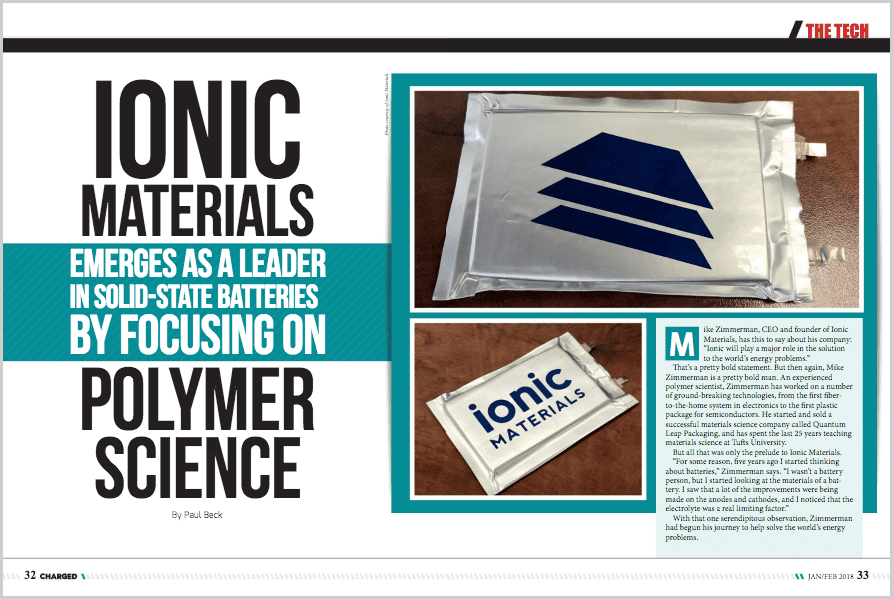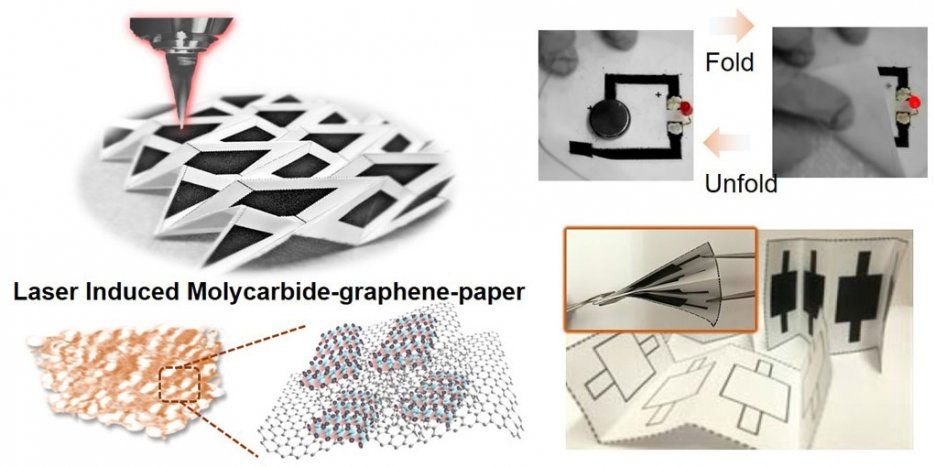Jul 18, 2018
Researchers develop new solar sailing technology for NASA
Posted by Klaus Baldauf in categories: materials, space travel
Spacecraft outfitted with sails and propelled by the sun are no longer the stuff of science fiction or theoretical space missions. Now, a Rochester Institute of Technology researcher is taking solar sailing to the next level with advanced photonic materials.
Metamaterials—a new class of manmade structures with unconventional properties—could represent the next technological leap forward for solar sails, according to Grover Swartzlander, professor in RIT’s Chester F. Carlson Center for Imaging Science. He proposes replacing reflective metallic sails with diffractive metafilm sails. The new materials could be used to steer reflected or transmitted photons for near-Earth, interplanetary and interstellar space travel.
“Diffractive films may also be designed to replace heavy and failure-prone mechanical systems with lighter electro-optic controls having no moving parts,” he said.

















